Email direct marketing (EDM) isn’t just for seasonal promotions. When used strategically, it becomes a long-term content channel that nurtures relationships, showcases your brand identity, and drives sustained engagement. This guide outlines how to build a versatile email strategy that goes beyond flash sales to deliver value throughout the customer journey.
Know your audience: Smart tagging and segmentation
Great content starts with thoughtful segmentation. Use tags to group customers by their behavior and preferences so each email feels relevant and timely.
1. Basic profile tags: Group customers based on general traits like age, gender, and location. You can start by tagging subscribers into age ranges such as 18–25, 26–35, and 36–45. Include gender identity if it’s relevant to your brand, and consider country or region to support location-based campaigns.
2. Shopping behavior: Segment your audience by how they engage with your store. Identify frequent buyers, occasional shoppers, or customers who haven’t made a purchase in a while. Group customers based on spending habits as well—some may respond best to budget-friendly options, while others prefer mid-range or premium selections. You can also tag based on interest in specific product categories like dresses, tops, or outerwear.
3. Style and interest preferences: Go beyond basic behavior with style-based segmentation. Create tags for customers who gravitate toward certain aesthetics, such as French chic, Japanese minimalist, or bold streetwear. You can also tag preferences based on colors or trending design elements like polka dots or stripes. These refined tags allow you to personalize campaigns and connect on a deeper level.
Note
Tools like Omnisend can help you automate segmentation and deliver hyper-relevant content.
Create a consistent and inspiring content calendar
Consistent engagement doesn’t come from promotions alone. A strong email calendar combines inspiration, education, and emotional connection.
1. Outfit inspiration by style type: Showcasing full looks based on recognizable fashion aesthetics helps customers connect with your brand on a visual level. You might highlight French-inspired effortless outfits, minimalist Japanese styles, or bold Western streetwear looks. These curated emails make it easy for subscribers to imagine how your products come together in a complete outfit.
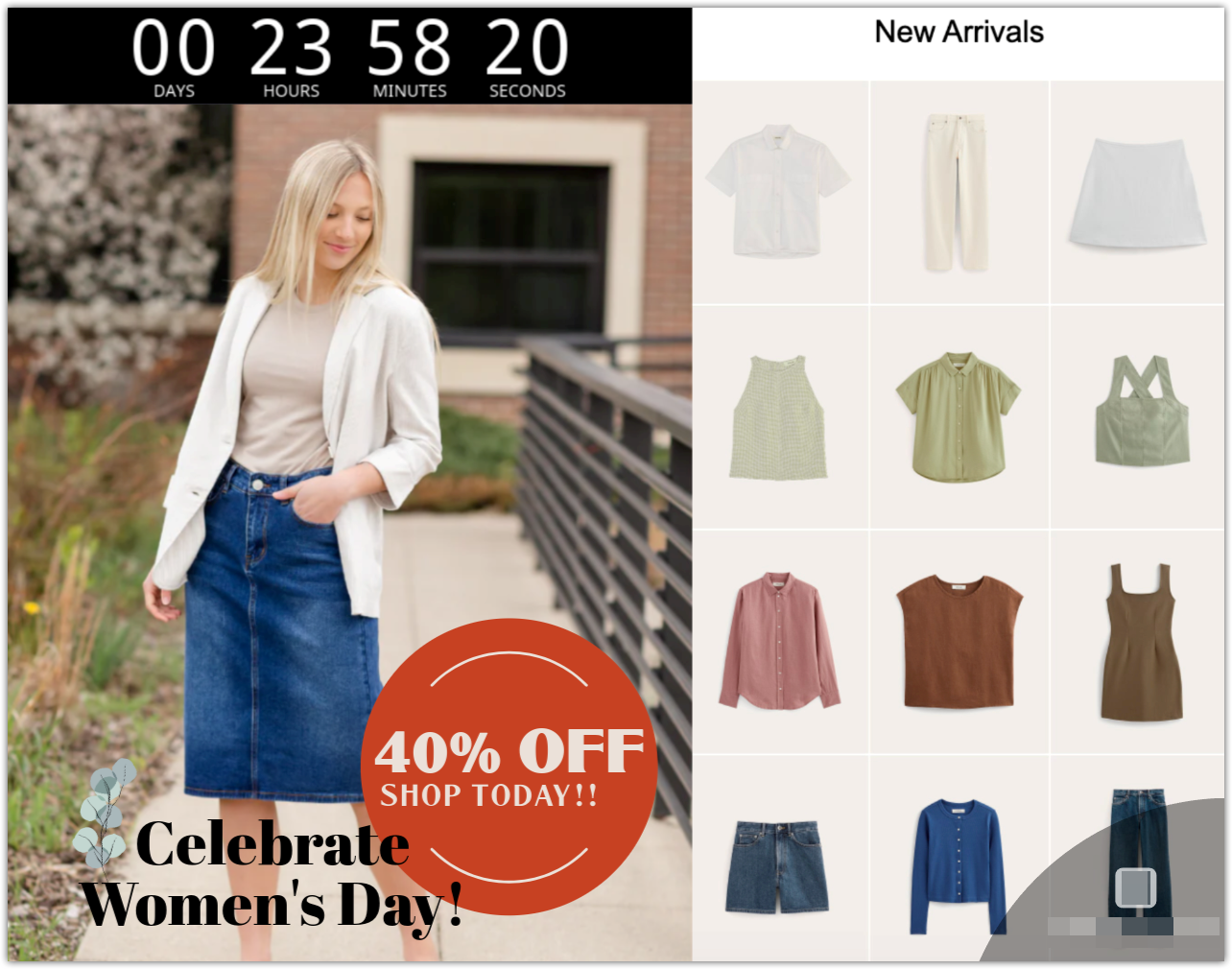
2. Style guides by life occasion: Your customers want clothes that work for real life. Offering outfit suggestions for specific moments—like work-to-evening transitions, weekend errands, first dates, or holiday parties—can help shoppers see how your products fit into their routines. This type of content adds practical value and encourages thoughtful purchases.
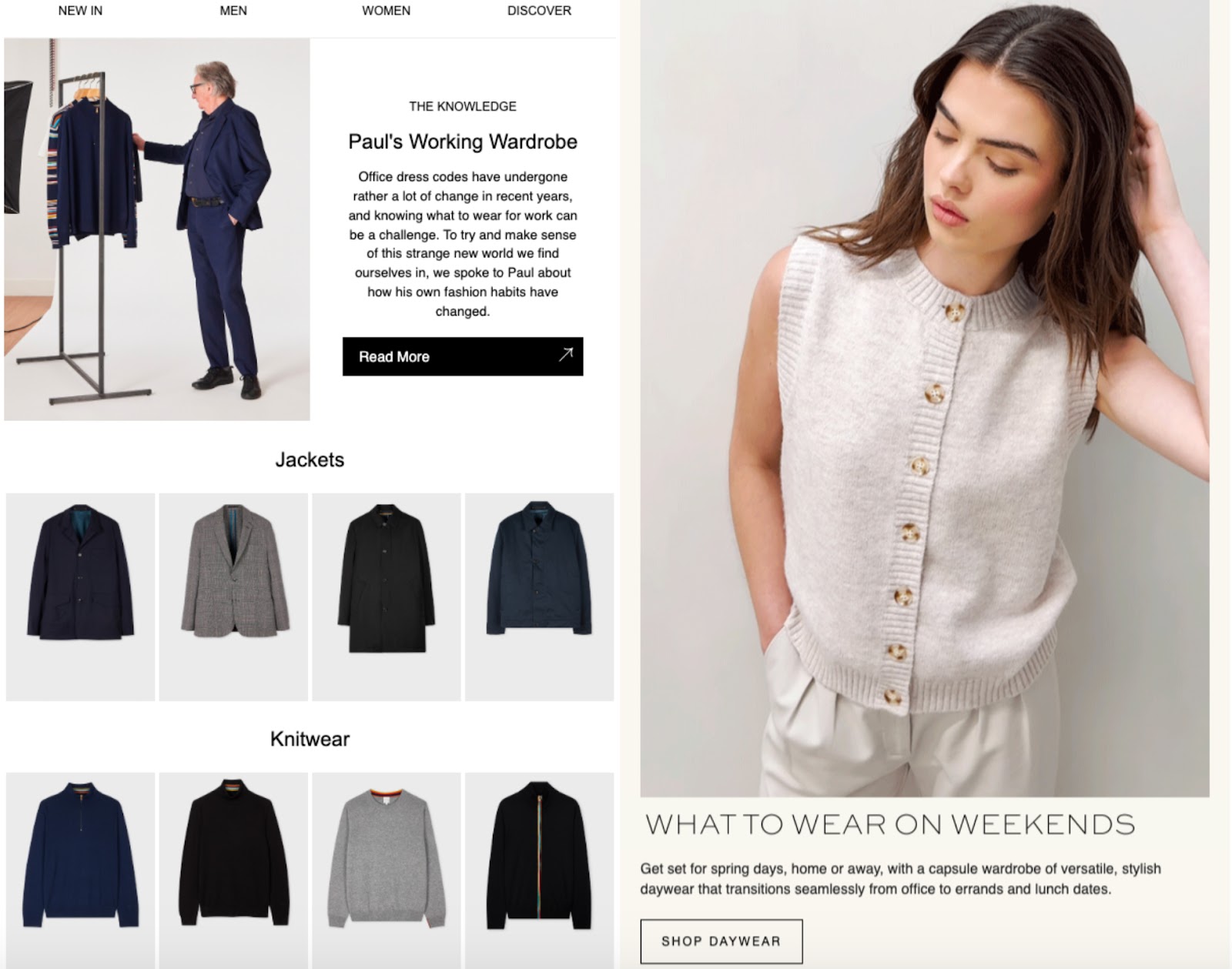
3. Fashion education and trend spotlights: Trend-focused content positions your brand as current and fashion-savvy. Highlight bold, mood-lifting colors like hot pink or cobalt blue for customers looking to make a statement, or promote soft, low-saturation tones like sage and blush for those who prefer a more subtle look. You can also introduce high-contrast pairings such as cream with red to help customers experiment with modern combinations. Emails that explain how to style polka dots with neutral layers, or how to use stripes to add structure, make your content more accessible. You can also spotlight materials—like chiffon for its flowy elegance, corduroy for warmth and texture, or silk for a polished finish—to guide seasonal or elevated styling decisions.
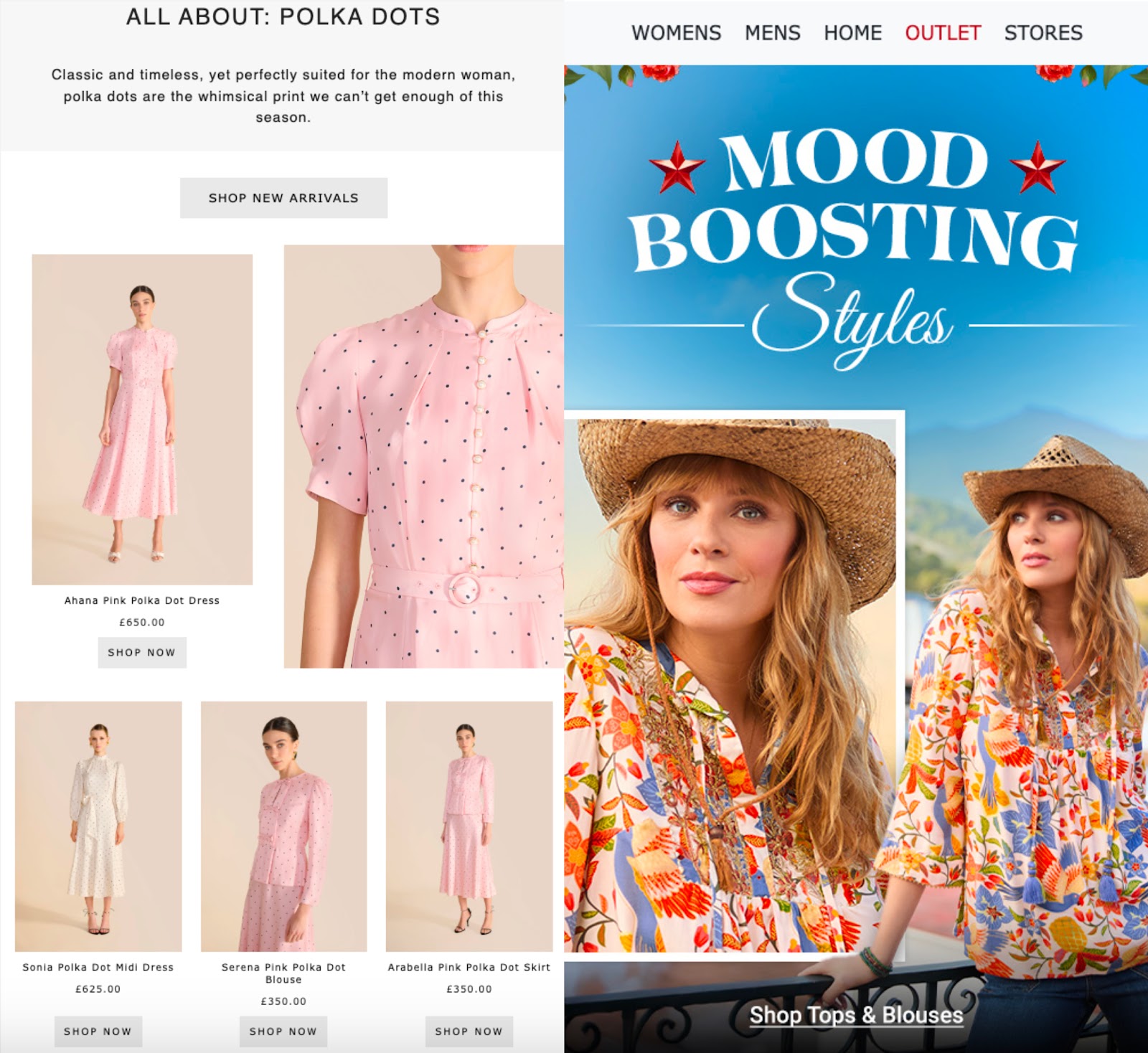
4. Style tips for different body types: Customers appreciate thoughtful recommendations that reflect their unique needs. Offer guidance on dressing for petite proportions, tall frames, or common body shapes like apple and pear. These practical tips create a sense of inclusivity and help shoppers feel more confident when choosing what to wear.
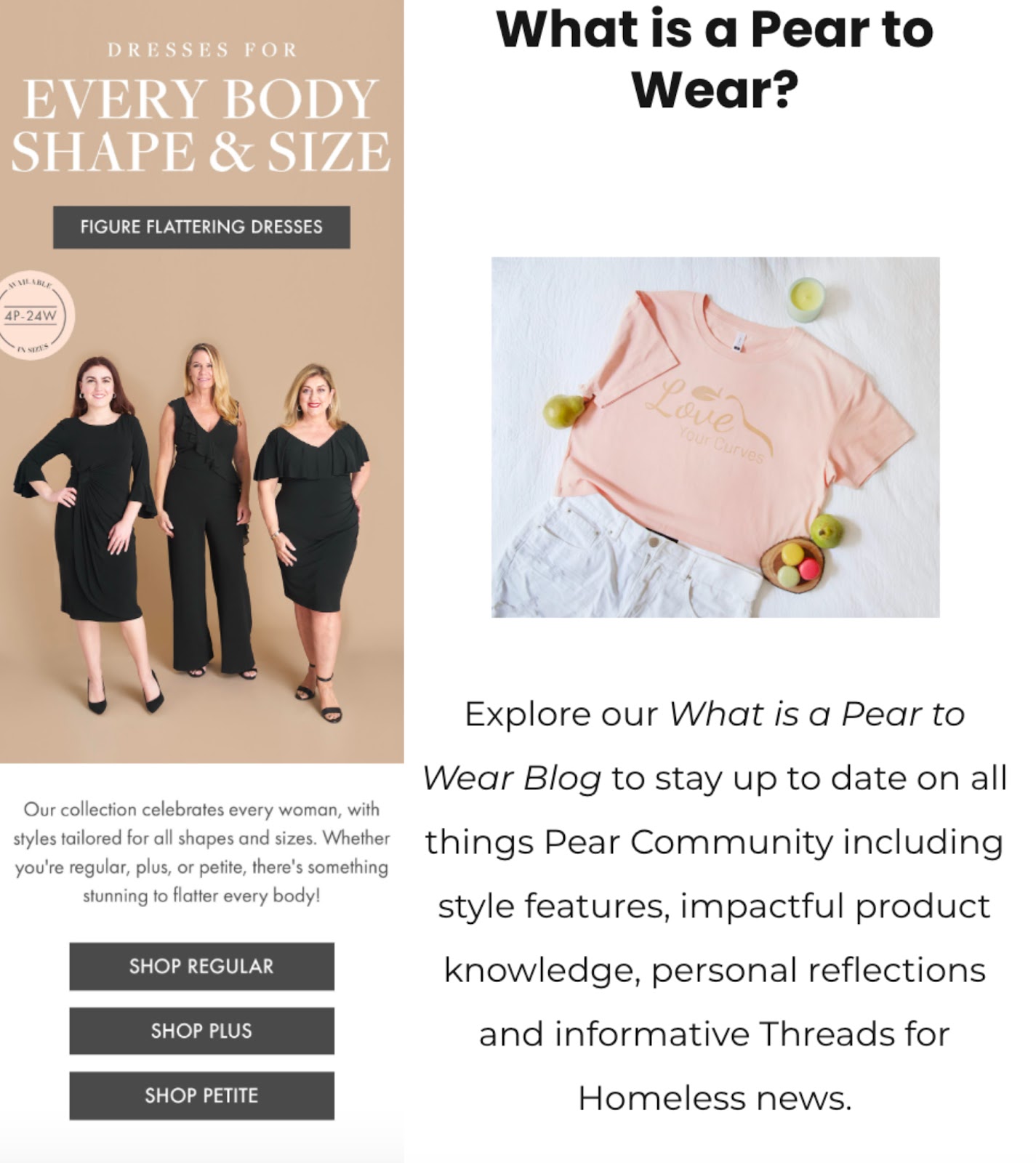
5. Share your brand’s story: Building emotional connection is just as important as selling products. Use your emails to introduce subscribers to your brand’s values, such as quality craftsmanship or sustainability. Share your founding story, what inspires your designs, or the people behind the brand. These personal details turn your emails into more than just marketing—they become part of your identity.
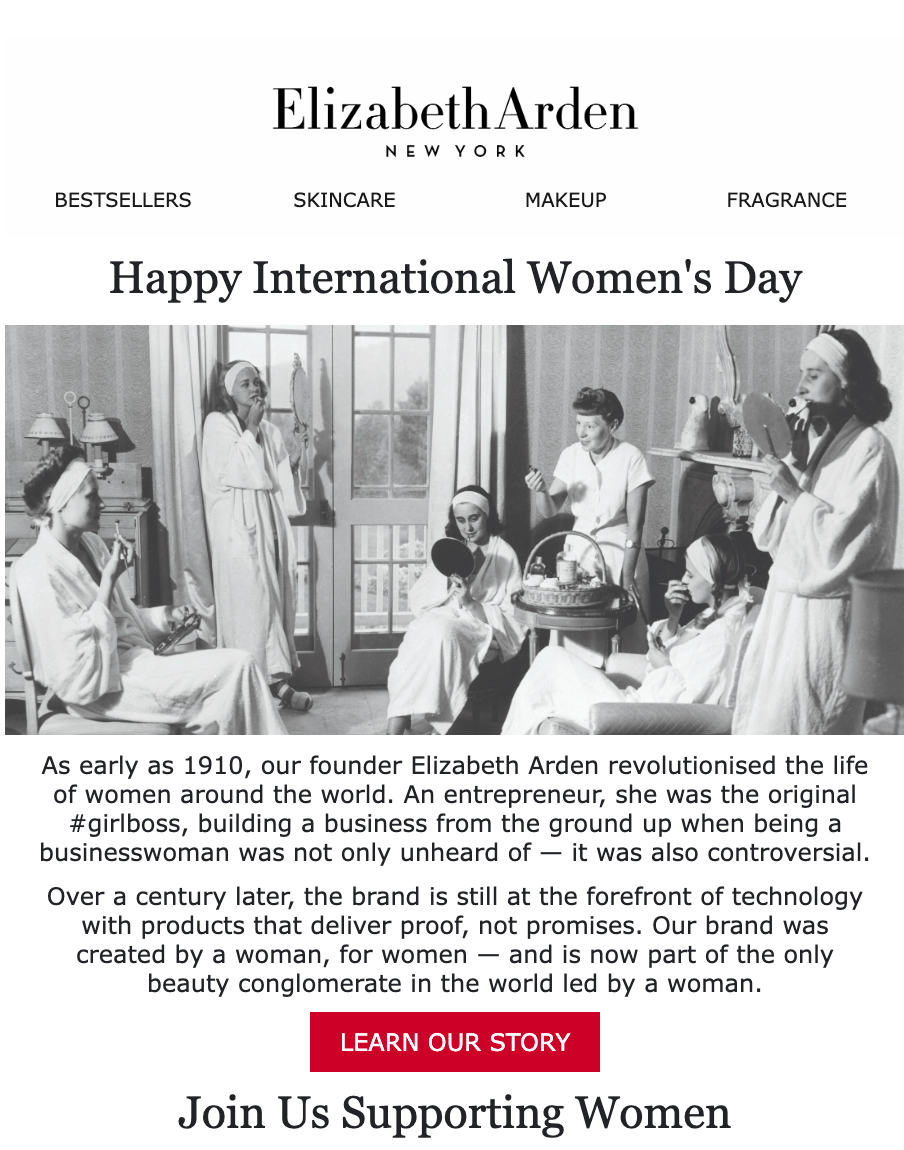
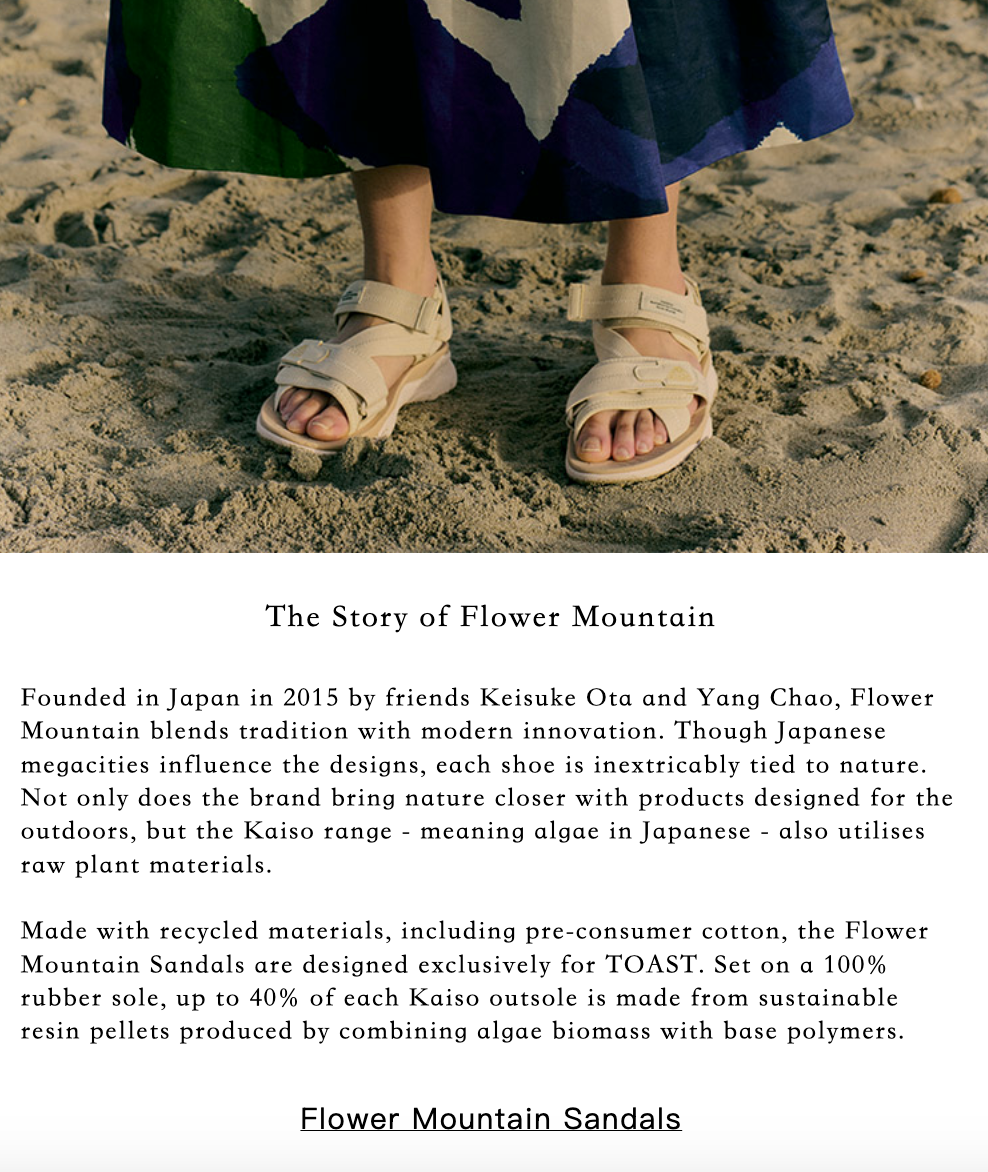
Add emotional and community-driven content
Your emails should feel personal, supportive, and human. Thoughtful touches help build a stronger relationship with your audience.
1. Influencer collaborations: Featuring creators who reflect your brand’s style and voice can build trust and interest. Whether you’re working with stylists, content creators, or long-time brand fans, these partnerships help your products feel more relatable and aspirational.
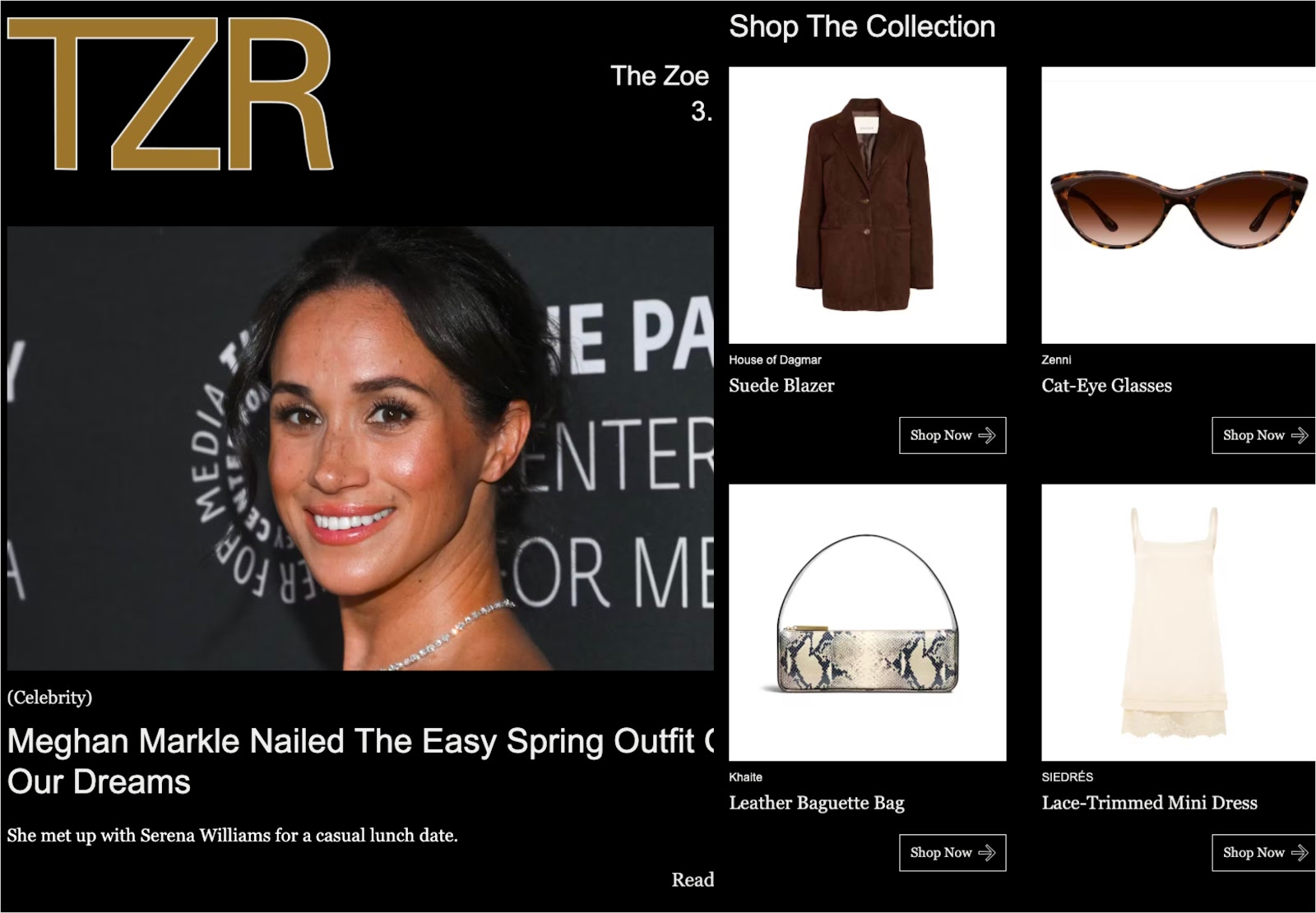
2. Educational content and tutorials: Offer practical advice that helps customers get more out of your products. This might include style tips, garment care guides, or size selection tutorials based on body data or past purchases. Helpful content increases the value of your emails and encourages continued engagement.
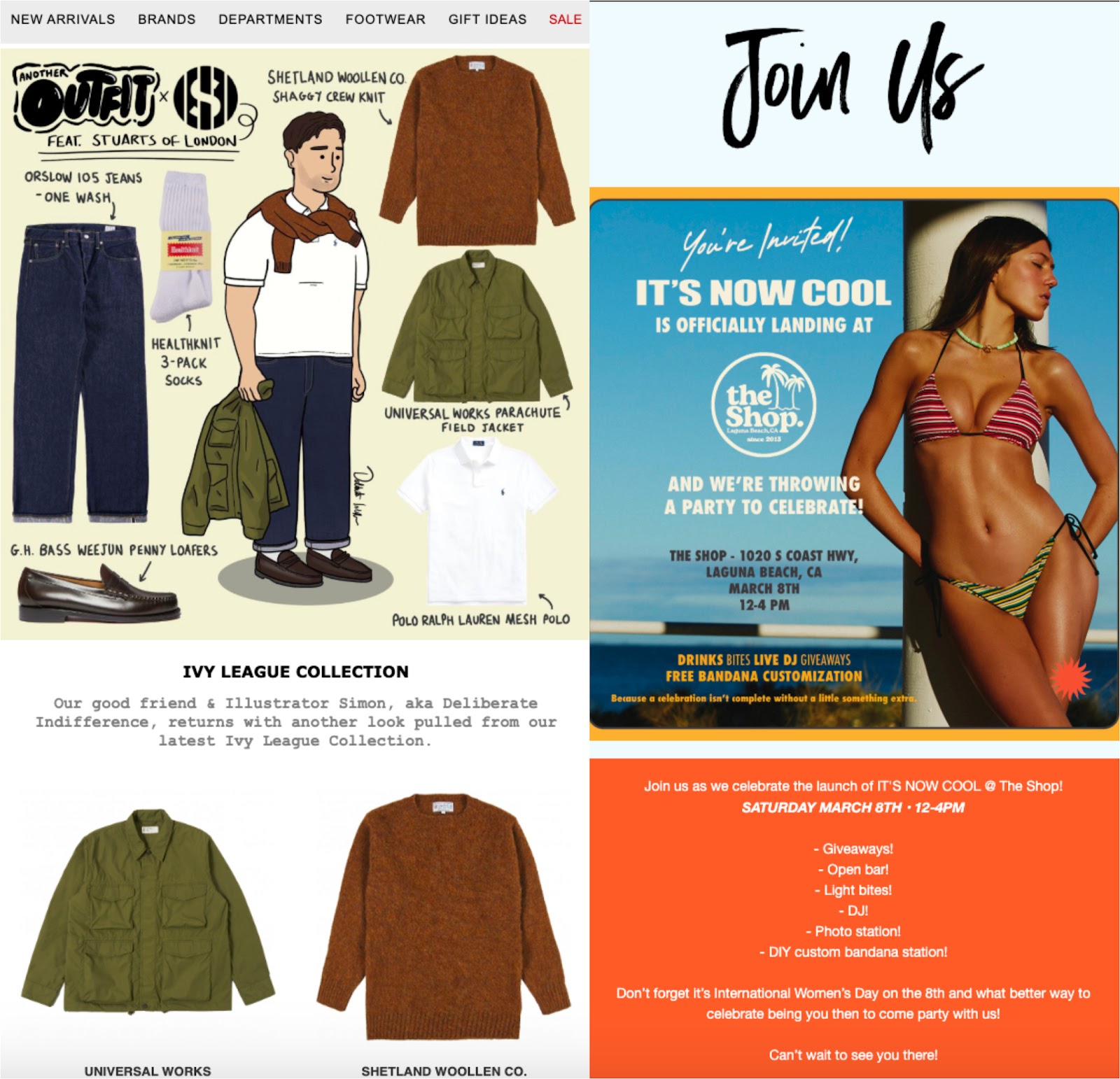
3. Lifecycle and milestone emails: Small gestures can have a big impact. Automated messages for birthdays, first-purchase anniversaries, or year-end thank-you notes help your customers feel remembered and appreciated. These thoughtful emails can build emotional loyalty and keep your brand top of mind.
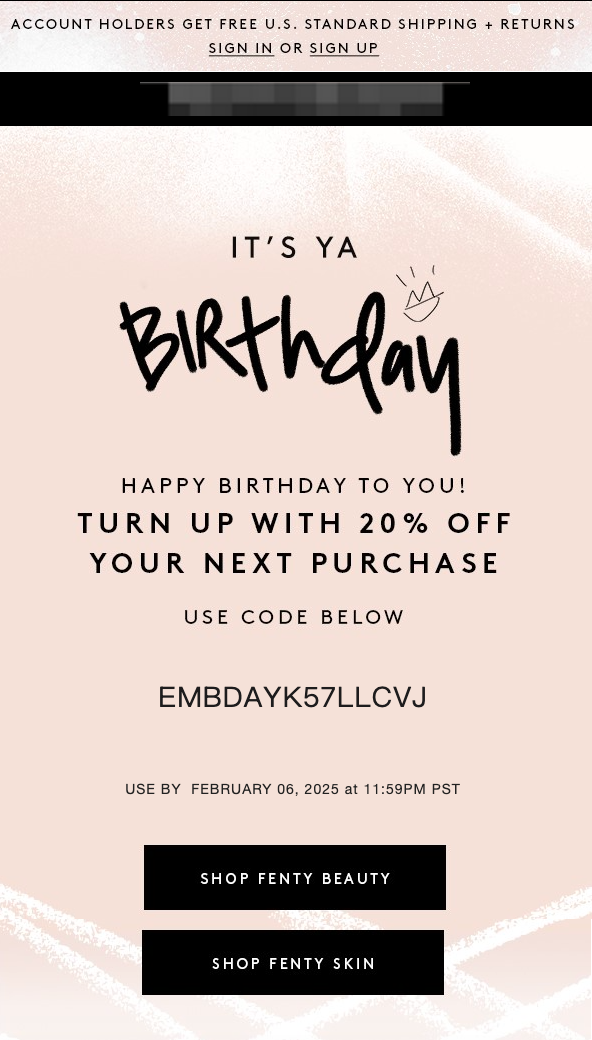
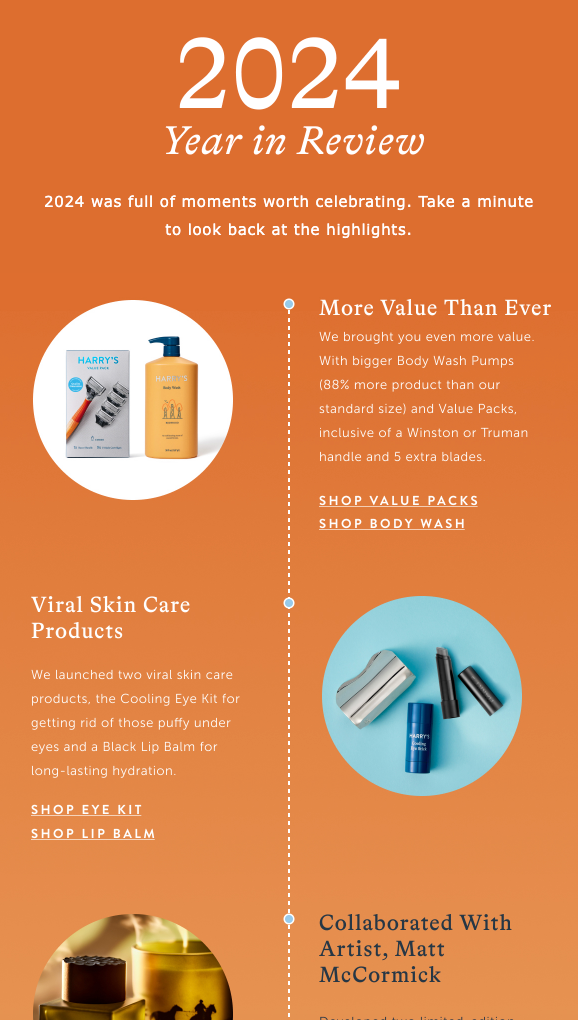
DM is more than a sales tool. With a well-rounded content calendar that includes trend education, real-life style inspiration, personalized recommendations, and emotional storytelling, your emails can become something customers look forward to rather than ignore. Build each campaign with care, and you’ll create lasting impressions that drive both engagement and loyalty.



Comments
Please sign in to leave a comment.